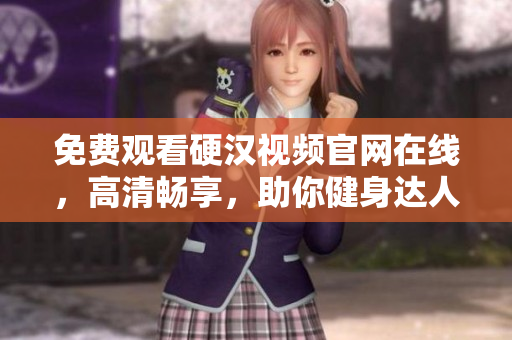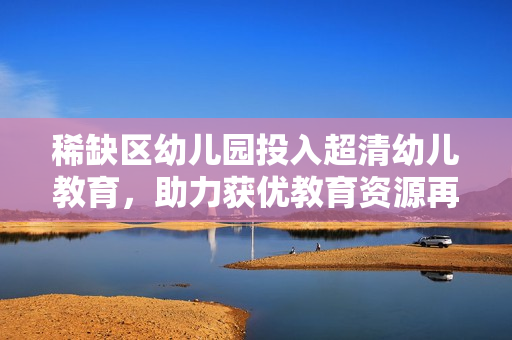Introduction
When we think of top-tier Western art, our minds often immediately go to the likes of Van Gogh, Monet, and Picasso. These artists have undoubtedly made a significant impact on the world of art, but there are also lesser-known works and artists that deserve recognition. However, this topic is not the only issue that students in China face; they also have to cope with the challenges of 5g technology, academic workloads, and social pressures from peers. This article aims to explore these issues and offer possible solutions.
5g Technology and its Impact on Students
China has made massive strides in technological advancements, and the rollout of 5g technology is no exception. While this new advancement has brought immense benefits, there are also demerits that come with it. One of the significant impacts is its effect on students. With faster internet speeds, students now have access to a broader range of information, which can be both positive and negative. On the one hand, students can access high-quality educational resources that promote their learning. However, on the other hand, it can be overwhelming, leading to information overload and distraction from their academic work.
The Challenges Faced by Students in the Classroom
Aside from technological advancements, the academic workload is also a significant challenge facing Chinese students. With the intense competition for university places and job opportunities, students are under pressure to excel in their studies. This pressure is particularly high for students in C1, who are expected to perform exceptionally well in their core subjects. The pressure to excel can lead to anxiety, stress and burnout, impacting their mental health and well-being.
Social Pressures and Mental Health of Students
Apart from academic pressures, social pressures also have a profound impact on students. In a bid to fit in and succeed, students may feel the need to engage in negative conduct such as cheating, cyberbullying and even aggression. These behaviours can have long-lasting implications beyond the school environment, leading to mental health issues such as depression, anxiety and low self-esteem.
Impact of Inequities on Education
Education is a fundamental tool for success, and students should have equal opportunities to access educational resources. However, there are still incomplete and inequitable practices in some Southeast Asian countries that affect the quality of education. For example, there is inadequate funding for schools, leading to poor-quality facilities, a lack of qualified teachers and limited educational resources. These factors create an unfavorable learning environment for students, leading to low academic performance levels.
Conclusion
In conclusion, the issues close to the hearts of many students in Southeast Asia include 5g technology and academic pressure, social pressure and mental health, and education inequities. Understanding these challenges is the first step in finding a solution to them. By addressing these challenges, we can help to stamp out negative behaviours and promote healthier, more productive learning environments. Ultimately, every student deserves equal opportunities to succeed, and it's our responsibility to make that happen.









